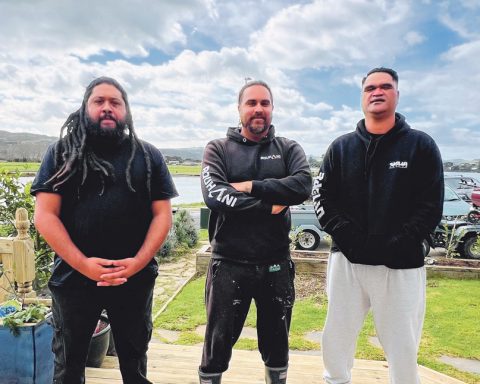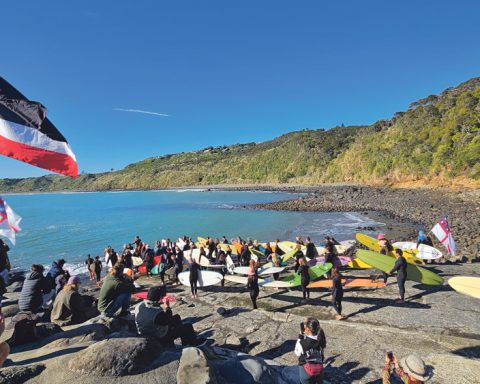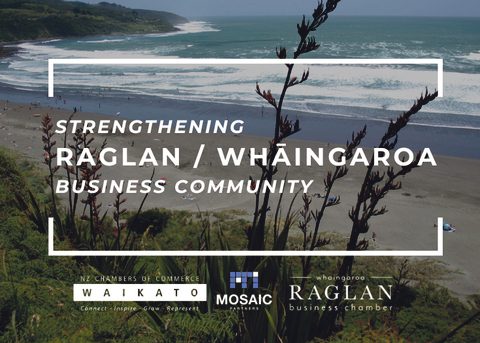The NZ Civil Defence catch phrase is “Get Ready”. I think we all need to accept that we need to get ready for our way of life to change. New Zealand will continue to have more severe weather events, and we may not be so lucky in Whaingaroa next time.
We have all probably thought about what we can do at home – three days of bottled water and supplies, transistor radios, meeting points with loved ones but have we got plans in our workplaces that everyone understands?
Every business should have an Emergency Plan and a Business Continuity Plan. Business.govt.nz has excellent resources and templates to help you make these plans for your business.
Emergency Plan:
This plan should be designed with staff and lets everyone know what to do in an emergency.
We are asking questions and coming up with a range of options to keep people safe. Ask questions such as: What if there is a Tsunami warning during business hours? What if we are warned of a state of emergency due to cyclone – when do staff know they need to close the business and go home for their own safety? How do we keep our team, clients, and customers safe in an emergency?
Staff need to know what to do even if the owner or manager is not available. The plan needs to be easily accessible, on paper, and should include the following:
Emergency procedures including:
An effective response plan for a range of emergency situations, which identifies risks and provides options.
Evacuation procedures, assembly points.
Procedures for contacting owners, managers, emergency services.
How to contact staff, suppliers, clients, neighbours, landlords and insurance providers.
A personal workplace emergency plan for all staff so they know how to get home
A floor plan showing emergency equipment, first aid stations and utilities.
Information, training and instruction for all staff regularly.
Business Continuity Plan
Many small businesses struggle to re-open after a disaster. Planning improves the likelihood that our businesses will survive. A business continuity plan (BCP) pinpoints the most important parts of your business, identifies potential risks to these critical pieces and prepares you to recover as quick and easy as possible.
Contingency planning is a crucial part of continuity planning — it means having a backup if your original plan no longer works. It’s your plan B.
As you go through each step, consider:
Your particular risks if something goes wrong.
How you might get back to business-as-usual as quickly and smoothly as possible.
What the options are if you can’t get back to business-as-usual.
It’s important to think of different options rather than absolutes.
A good continuity plan can be used for all situations, not just a natural disaster or pandemic, it is helpful to have to hand for any major changes or interruption to the way you run your business.
Business.govt.nz ask you to consider these steps in detail to create your plan B for running your business:
Step 1. Identify key products or services.
Step 2. Identify key internal people.
Step 3. Identify key connections.
Step 4. Identify essential equipment and supplies.
Step 5. Consider relocation options.
Step 6. Consider insurance options.
Step 7. Identify who can run the business in your absence.
Step 8. Keep contact details handy.
Step 9. Back up important data.
Step 10. Put it into practice.
There are templates and questions with more detail on www.business.govt.nz.
We are also available to help, and if anyone is interested in the Business Mentor programme we are offering we still have a spot available. Contact info@raglanchamber.co.nz











